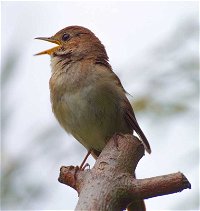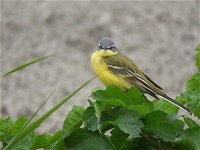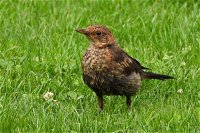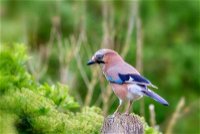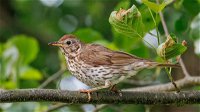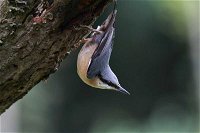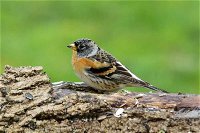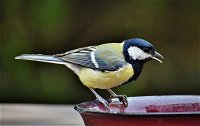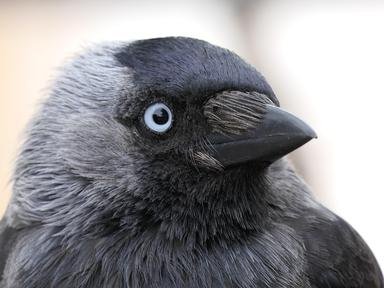
Watch the British Birdie Trivia Quiz
Here are some photos of common, and perhaps less common, British birds. Just match the photo to the correct name.
by rossian.
Estimated time: 3 mins.
- Home
- »
- Quizzes
- »
- Animal Trivia
- »
- Wild Birds
- »
- Wild Birds UK
